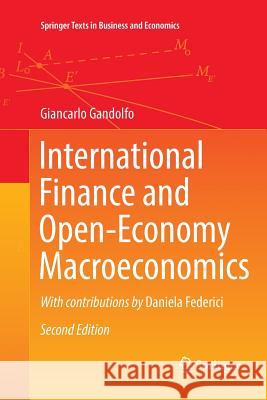International Finance and Open-Economy Macroeconomics » książka
topmenu
International Finance and Open-Economy Macroeconomics
ISBN-13: 9783662570432 / Angielski / Miękka / 2018 / 681 str.
International Finance and Open-Economy Macroeconomics
ISBN-13: 9783662570432 / Angielski / Miękka / 2018 / 681 str.
cena 389,09 zł
(netto: 370,56 VAT: 5%)
Najniższa cena z 30 dni: 385,52 zł
(netto: 370,56 VAT: 5%)
Najniższa cena z 30 dni: 385,52 zł
Termin realizacji zamówienia:
ok. 20 dni roboczych.
ok. 20 dni roboczych.
Darmowa dostawa!
Kategorie:
Kategorie BISAC:
Wydawca:
Springer
Seria wydawnicza:
Język:
Angielski
ISBN-13:
9783662570432
Rok wydania:
2018
Wydanie:
Softcover Repri
Ilość stron:
681
Waga:
0.96 kg
Wymiary:
23.39 x 15.6 x 3.58
Oprawa:
Miękka
Wolumenów:
01
Dodatkowe informacje:
Wydanie ilustrowane











